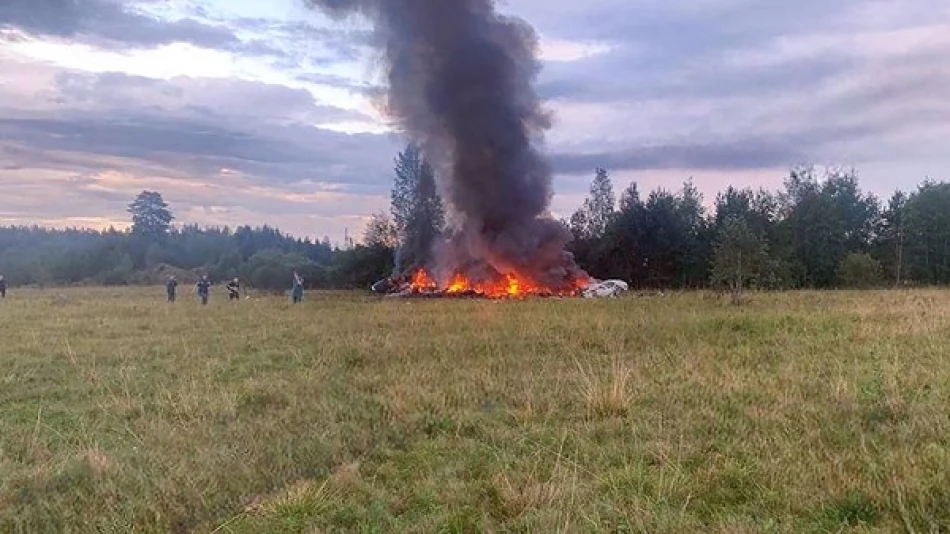
Russian Passenger Plane Crash: Tragedy Unfolds as Aircraft Disappears
Russian Passenger Plane Wreckage Found After Disappearing Near Chinese Border
Search and rescue teams have located the wreckage of a Russian passenger aircraft that vanished from radar screens in the country's far eastern region, approximately 15 kilometers from Tynda Airport. The Soviet-era AN-24 aircraft was carrying 49 passengers, including children, when it disappeared during what should have been a routine domestic flight near the Chinese border.
Flight Details and Passenger Manifest
The aircraft was operating a scheduled route from Blagoveshchensk to Tynda in the Amur region when it lost contact with air traffic control near its destination. According to regional governor Vasily Orlov, all 49 people aboard included several children, though specific age ranges and passenger nationalities have not been disclosed.
The Amur region, where the incident occurred, represents one of Russia's most remote territories, characterized by harsh weather conditions and challenging terrain that often complicate both aviation operations and emergency response efforts.
The Aging AN-24: A Soviet Aviation Workhorse
The aircraft involved belongs to the AN-24 family, among the world's oldest passenger planes still in active commercial service. These twin-turboprop aircraft, first introduced in the 1960s during the Soviet era, continue operating across Russia's vast territory due to their reliability in harsh conditions and ability to use shorter, less-developed airstrips.
Safety Concerns with Vintage Aircraft
While the AN-24 has maintained a relatively solid safety record over decades of operation, aviation experts have increasingly questioned the wisdom of operating aircraft designed more than 60 years ago for regular passenger service. The planes require specialized maintenance expertise and parts that are becoming increasingly difficult to source.
Russia's continued reliance on Soviet-era aircraft reflects broader challenges facing the country's aviation sector, particularly following international sanctions that have limited access to modern Western aircraft and components.
Remote Region Aviation Challenges
The Amur region's geography presents unique challenges for both aviation operations and emergency response. The area's proximity to China makes it strategically significant, but its remote location means that search and rescue operations often face significant logistical hurdles.
Weather conditions in Russia's far east can change rapidly, creating dangerous flying conditions even for experienced pilots. The region's mountainous terrain and limited infrastructure compound these challenges, making incidents like this particularly difficult to manage.
Implications for Russian Aviation Safety
This incident highlights ongoing concerns about aviation safety standards in Russia's remote regions, where older aircraft often serve as lifelines for isolated communities. The discovery of wreckage will likely prompt renewed discussions about fleet modernization and safety protocols for aging aircraft.
The investigation into this crash will be closely watched by aviation authorities, particularly given Russia's increasing isolation from international aviation safety cooperation due to geopolitical tensions. The findings could influence future decisions about operating vintage aircraft on passenger routes in challenging environments.
Most Viewed News

 Layla Al Mansoori
Layla Al Mansoori






